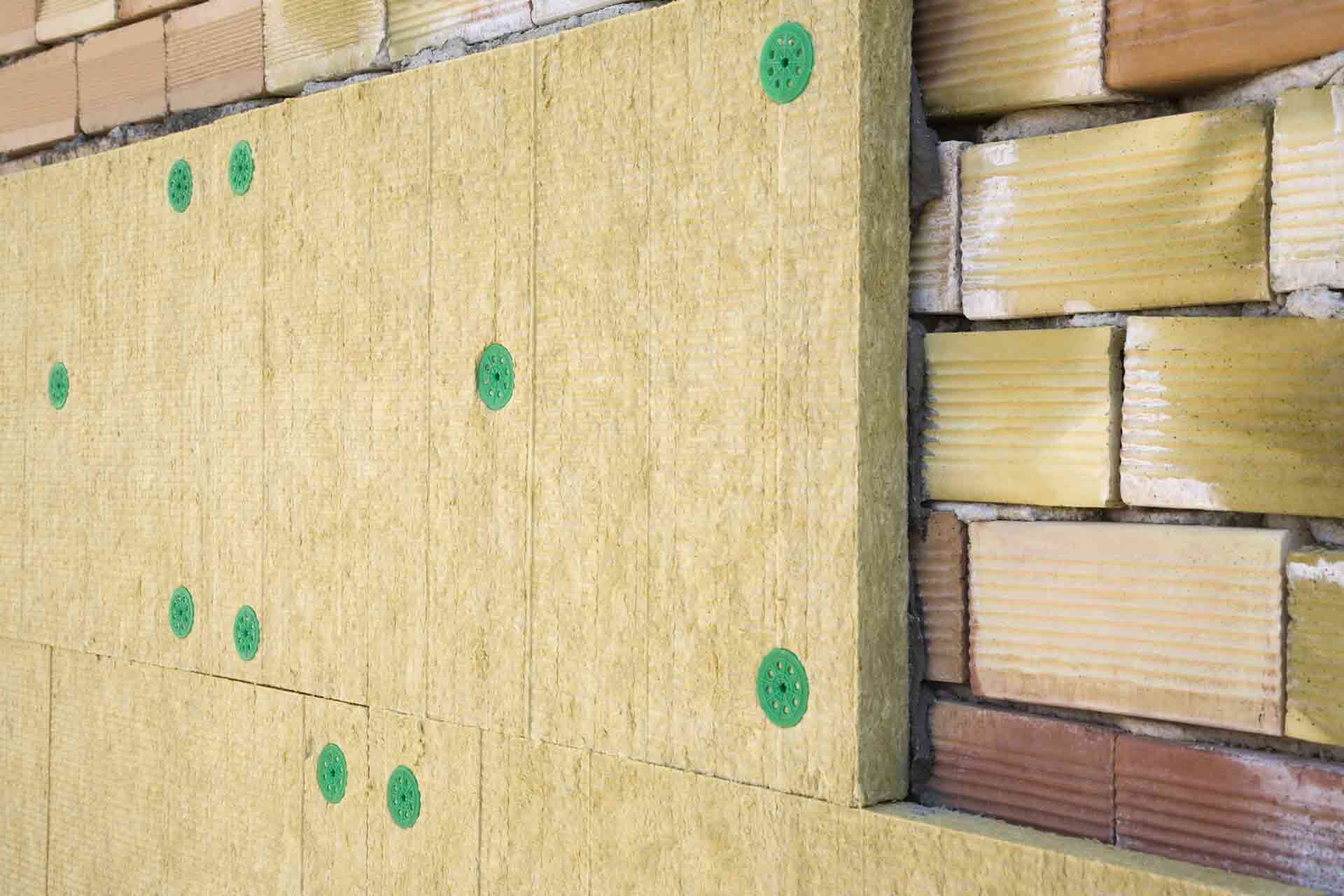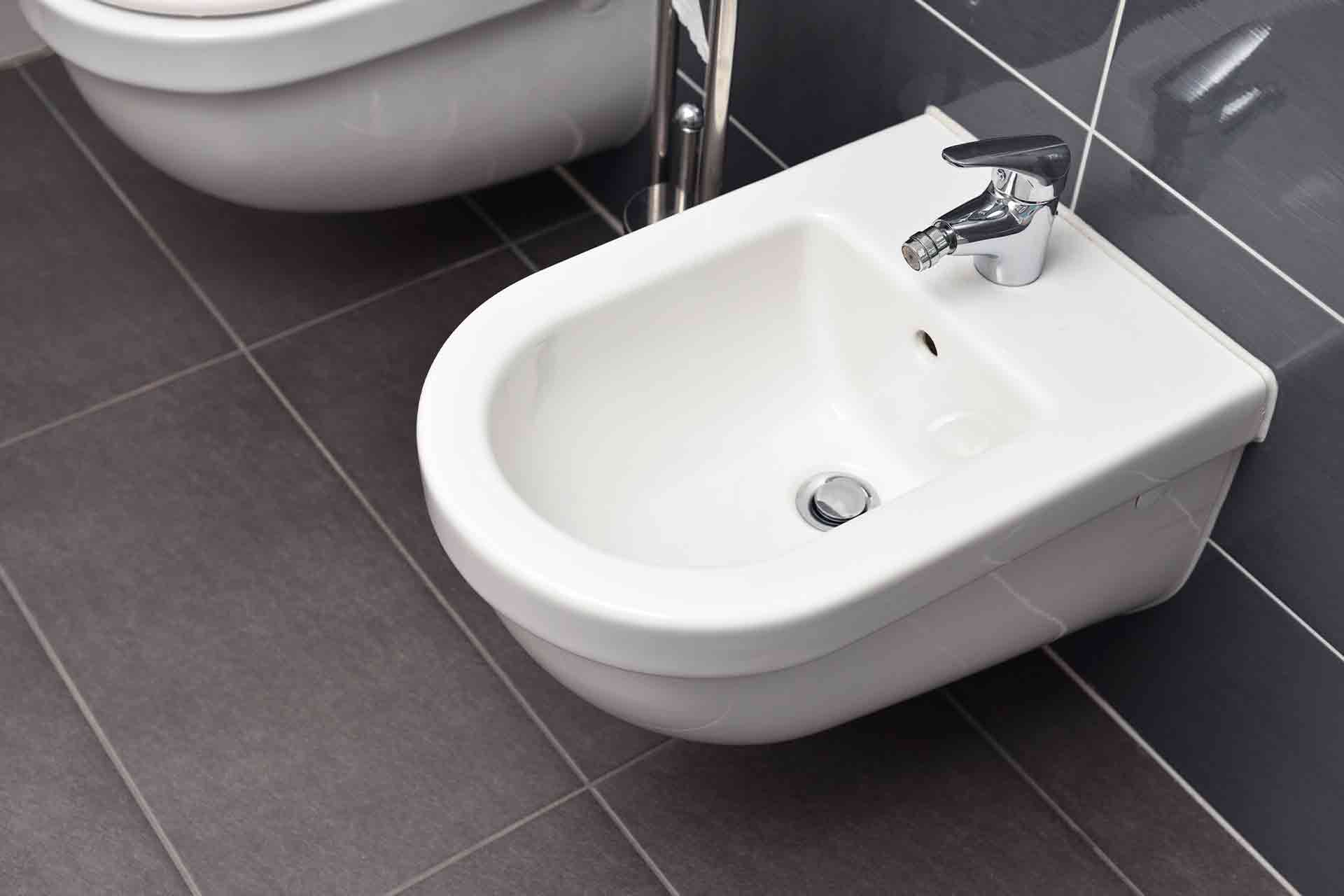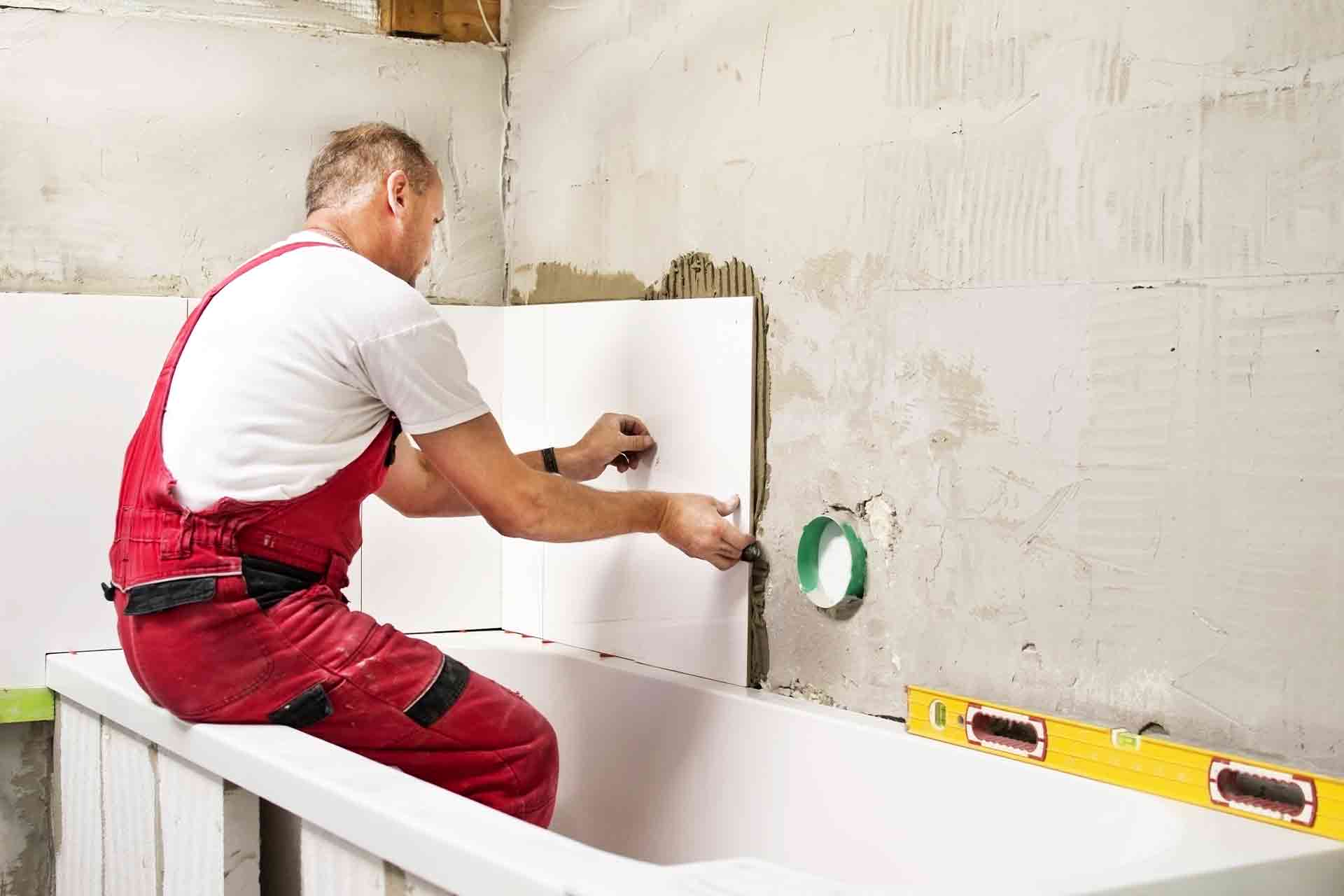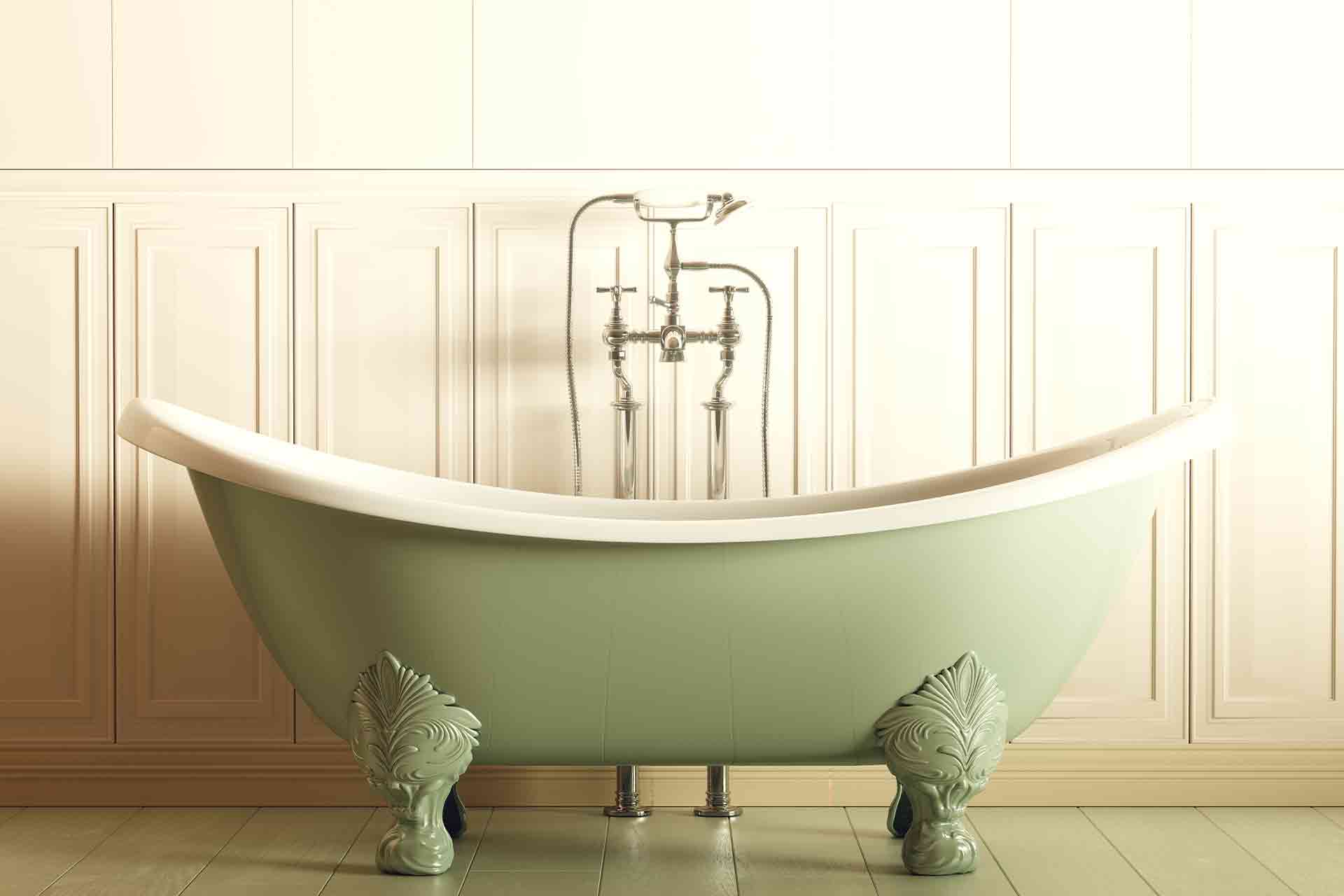Blog>Cost Guides>How much does bathtub installation cost?
Last updated: 16 May 2024
How much does bathtub installation cost?
A new bathtub can breathe life into a bathroom of any shape and size. But how much does a new bathtub installation cost? Let's look at the average cost of getting a new bathtub supplied and fitted in the UK.
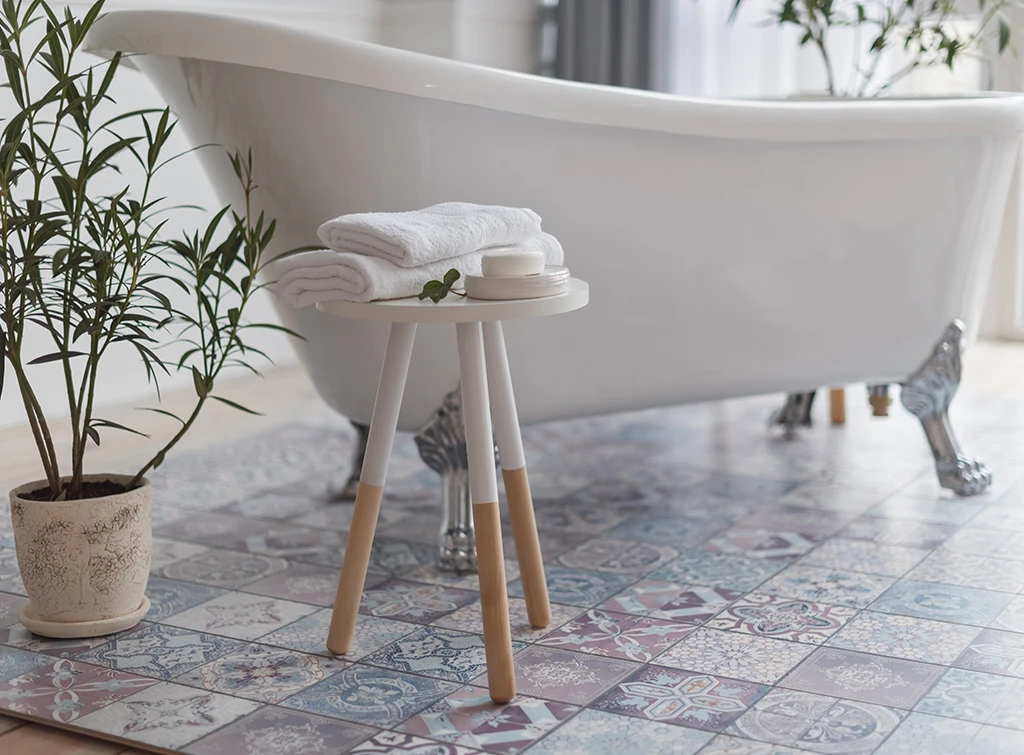
Fast Facts
The average labour cost of bathtub installation in the UK is around £300
The total cost to supply and install a bathtub can be anywhere in the region of £200 - £4,000+ – depending on the type of bathtub
On average, the hourly rate of a bathtub fitter is about £30 - £40 per hour
Average bathtub installation cost in the UK
| Bathtub installation costs | Average cost |
|---|---|
| Average cost to install a bathtub | £300 |
| Acrylic bathtub supplied and fitted | £200 - £250+ |
| Steel bathtub supplied and fitted | £250 - £450+ |
| Cast iron bathtub supplied and fitted | £1,250 - £1,650+ |
| Walk-in bathtub supplied and fitted | £1,500 - £1,700+ |
| Natural stone bath supplied and fitted | £1,500 - £4,000+ |
| Cost of removing and disposing the existing tub | £75+ |
| Shower taps | £100+ |
| Shower screen/curtain | £100+ |
| Bath panels | £50+ |
| Tile bath panels | £150+ |
| Installation hourly rate | £30 - £40 |
| Last updated: May 2024 Our costs are ballpark averages - get a local tradesperson to quote now | |
As with all home improvement projects, various factors can influence the final cost of a new bathtub being installed by a professional. We've included the costs of installing a new bathtub, as well as the key considerations for purchase and installation.
The average cost of installing a new bathtub is in the region of £300.
See the tradespeople we've checked and recommend for your job
Contact or pay a trade through Checkatrade and you’re covered by our 12-month guarantee of up to £1,000*

Bathroom fitter hourly rates
How long does it take to install a bathtub? Most bathtub installations will take between 2 to 4 hours, at an average rate of £30 - £40 per hour.
That rate is for a standard bath, but if you're planning to replace or install a spa bath then the price of installation will be higher. That also goes for heavy baths, which may require extra people to remove or install the bathtub.
It's also worth noting that the exact labour cost of the bathtub installation will also depend on where you live in the UK and the individual tradespeople you hire.
Bathtub installation cost calculator
If you're planning a budget for your bathtub installation project, there are a few costs you need to take into consideration.
To calculate the cost of installing a bathtub, you'll first want to decide on the size, shape and style of the bath you want – as that's the biggest single cost factor.
You'll also need to add on the labour costs of the installation, along with any tiling needed once the bathtub is in place.
Get quotes for your bathtub installation cost
Once you're ready to get going with your bathtub installation, it's a good idea to get quotes from at least three local tradespeople.
With multiple quotes, you can check that you're being quoted fair and competitive prices for bathtub installation in your area.
As part of the quotes, ask for a detailed breakdown of all costs (materials, labour, tiling, etc) so that you can easily compare the quotes and see who is charging what.
Our 'request a quote feature is perfect for getting quotes.
Give us a few details about your bathtub project and we'll get experienced local tradespeople to contact you directly. Try it out now!

Costs for different types of baths
Bathing has been ingrained into our culture ever since the Roman times. Naturally, the design, style and materials used have changed over time to reflect trends and modern plumbing.
Unbeknown to most, the type of material you choose for your new bathtub can make all the difference in the bathing experience.
The material of the bath will also determine the bathtub installation cost. It’s worth considering your needs before taking the plunge to ensure the bath you choose is right for you.
Below are some of the most popular options for bathtubs, with average costs for supply and installation.
Acrylic baths
Average cost of an acrylic bath: £200 - £250+
Acrylic baths are durable, resilient and perfect for anyone looking to replace their bathtub on a tight budget. If your home is an older property with thinner floors, an acrylic bathtub will also be ideal in terms of weight.
Generally, an acrylic bath is cheaper than steel or any other materials.
Cast iron baths
Average cost of a cast iron bath: £1,250 - £1,650+
Cast iron baths are commonly considered the most luxurious. They are also the most expensive - and understandably so. If well maintained, they can be kept without replacement for decades.
It’s worth bearing in mind that the weight of a cast-iron bathtub can often exceed 500lb.
Natural stone baths
Average cost of a natural stone bath: £1,500 - £4,000+
Natural stone baths may be a little harder to maintain, but their smooth finish makes them a highly popular choice for homeowners. Made from stone and minerals, these bathtubs are much easier to mould into fine-edged custom shapes.
What’s more, the stone material will retain 50% more of the heat from your bathwater, ideal for those who like to soak a little longer.
Steel baths
Average cost of a steel bath: £250 - £450+
Steel baths can be easily moulded into striking designs and are generally better at retaining warmth than acrylic bathtubs. Like acrylic tubs, they are cost-effective and easy to maintain in good condition.
The weight of a steel tub could be considered a drawback, but strong flooring should support this bathtub with no problem.
As with other style baths, the total cost for a steel bathtub will depend on your choice of brand, style and sizing of the tub.

Bathtub styles
Bathtubs vary in style from simple to luxurious. Some are designed for convenience, while others are made to be the centrepiece of your bathroom.
The style of bathtub you choose will determine your new bathtub cost. Some of the more popular types of bathtubs include:
Clawfoot and pedestal baths
Recessed or alcove baths
Drop-in baths
Free-standing baths
Corner baths
Whirlpool baths or jacuzzis
Walk-in or gated baths
Health and mobility considerations for bathtubs
If you have limited strength or mobility, there are plenty of options that are designed for convenience, comfort and practicality.
Here are some key mobility considerations and tips when buying and installing a new bathtub:
If you plan to use a bath seat and hoist, it’s best to opt for a strong metal bath that can withstand the weight of a seated person and support most types of bathing equipment
Shallow bathtubs can be convenient for those with limited strength in getting in and out easily
If your bathroom allows, walk-in bathtubs make for easy access as they feature a door with a watertight seal that simply opens and closes
Whirlpool and jacuzzi baths can be effective in soothing aches and pains but come at a higher cost
Walk-in bathtubs are a great choice for anyone who is less mobile, or who finds it difficult to bend or sit in a traditional bath. The average cost of a walk-in bath is around £1,500 - £1,700+.
Walk-in baths offer a variety of specification options including the ability to choose which side the door opens on, which is helpful if you also need to install grab rails. They often also come with an integral moulded seat for ease and comfort.
These special bathtubs also offer additional add-ons including spa jets, colour-changing lights (chromotherapy) and even wireless sound systems.
Checklist for installing a bathtub
The total bathtub installation cost will depend on the size, weight and material of the tub
Unless you have experience in plumbing, we recommend using a professional – as the costs for repair work can outweigh the costs of installation
Accessories such as taps can be purchased separately and included in the bathtub installation price
When choosing a bathtub, remember to consider water heater requirements, electrics, comfort and functionality ahead of purchase
Bathtubs can be extremely heavy and are designed to support a large amount of water. Always ensure the floor is strong enough to support the bath
See the tradespeople we've checked and recommend for your job
FAQs
Can I move my bathtub from downstairs to upstairs?
Yes you can. When updating or renovating your home, you may find you want to move your bathroom completely.
If so, read our guide on the cost of moving a bathroom upstairs.
What accessories and fittings do I need to buy for my new bath?
Along with the bathtub itself, there are several additional accessories you may need to buy. These include:
Bath panels – These will be used if the bathtub is positioned against a wall
Tiled bath panels – For a spa-like feel you could choose to have a tiled bath panel to surround your tub with decorative tiles
Bath taps – Your choice of taps will depend on your type of bath and set-up (e.g. wall-mounted, deck-mounted or floor-standing)
Shower screens – These panels can be added if you need the bath to double up as a shower
Bath wastes – These combine your bath plug, plug hole and overflow pipe
The addition of these accessories will typically be charged as part of the total bathtub installation cost.
What types of taps are available?
As well as their functionality, taps can add class to even the most standardised bathtubs. However, you must choose the type that is right for your bath.
For example, if your bath has two holes but you only want one tap for both hot and cold, you will need a mixer tap. On the other hand, a free-standing bath will be complemented by some stylish floor-standing taps.
Some of the taps available include:
Surface-mounted pillar taps fit on top of the deck of the bath
A wall-mounted mixer tap connect to the wall with the pipework hidden behind
Wall-mounted pillar taps feature two separate taps fitted to the wall
Free-standing taps connect to the floor via a standpipe
Waterfall bath taps come either as pillars or a mixer tap, with an open spout that creates a cascading waterfall effect
Costs for bathtub taps by themselves vary on the material used. It’s worth noting that wall-mounted taps typically a little cost more to install due to the pipework required.
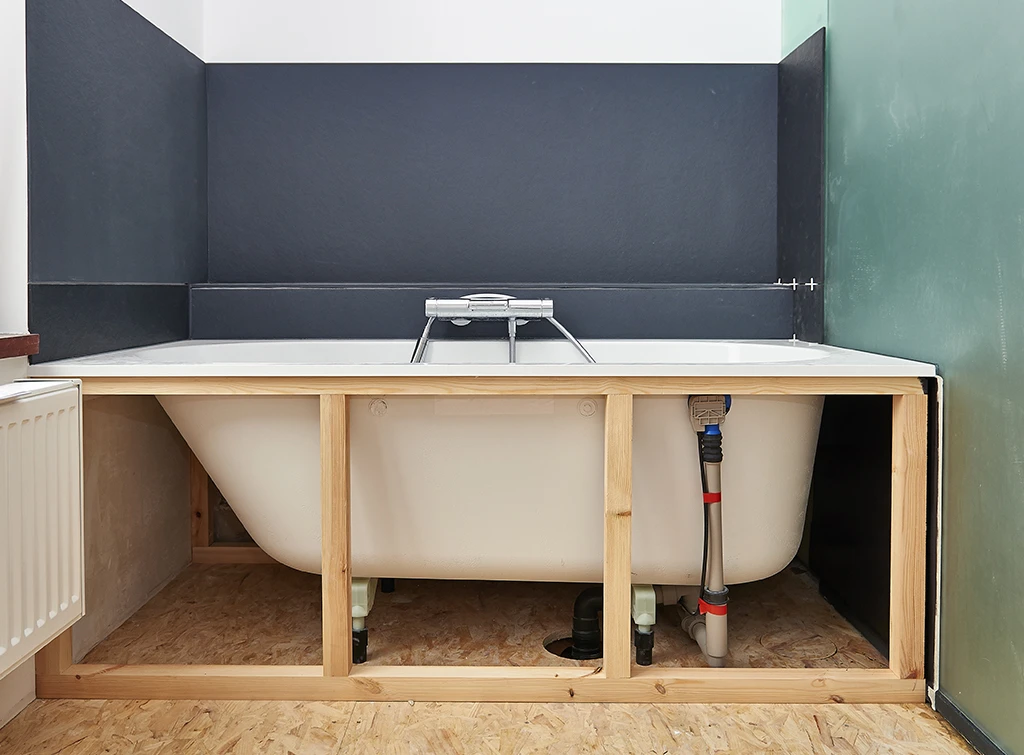
Can I install a bathtub myself?
When trying to keep within a budget, it can be tempting to fit a new bathtub by yourself. Unless you are experienced with pipework and the fitting of bathroom furniture, it’s best to hire an experienced professional.
Even the smallest leak in a bathtub can take days to repair and the costs for this can amount to more than a professional plumber would have charged for installation.
What to consider when choosing my new tub?
As well as the type of bath and the costs of bathtub installation, there are a few key factors worth bearing in mind when browsing the market for a new tub. This includes:
Water heater requirements
If buying a larger bathtub than you previously had, check whether the water heater is large enough to supply an entire tub full of hot water.
For reference, the water heater should be about ⅔ of the size of your bathtub - so, a 40-gallon water heater would suffice for a 60-gallon bathtub. Anything larger and you may need a new heater.
Electrical concerns
If you are planning to install a new electric shower at the same time, you will need a Part P-certified electrician to ensure they carry out the wiring work correctly.
Structural support
How strong is the floor of your bathroom? Most modern tubs are lightweight steel or acrylic, but they need to hold a substantial weight of water as well as occupants.
If the bath is particularly heavy or the floor particularly thin, it may be necessary to reinforce the floor with structural support.
Aesthetic concerns
If replacing the bath is a standalone job, will the tub go with the rest of your bathroom furnishings? They may be luxurious to look at, but not all bathrooms will suit a free-standing tub.
Comfort level
As much as a stylish bathtub can bring a bathroom to life, we recommend reading reviews for comfort and practicality ahead of purchase.
Replacing a bath without removing tiles – can it be done?
It is possible to replace a bath without removing any tiles. However, the silicone seal between the tiles and the bath would need to be removed gently and the bathtub pulled out carefully.
It’s delicate work that often calls for the help of a professional tradesperson.
See the tradespeople we've checked and recommend for your job
More Cost Guides
More Bathroom Fitter Articles
See the tradespeople we've checked and recommend for your job


